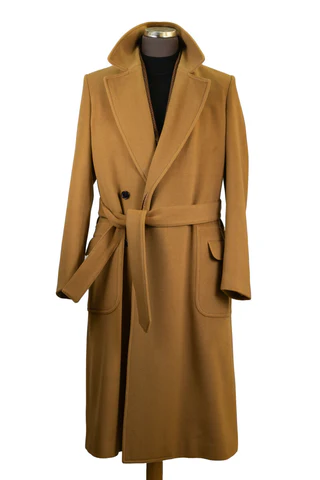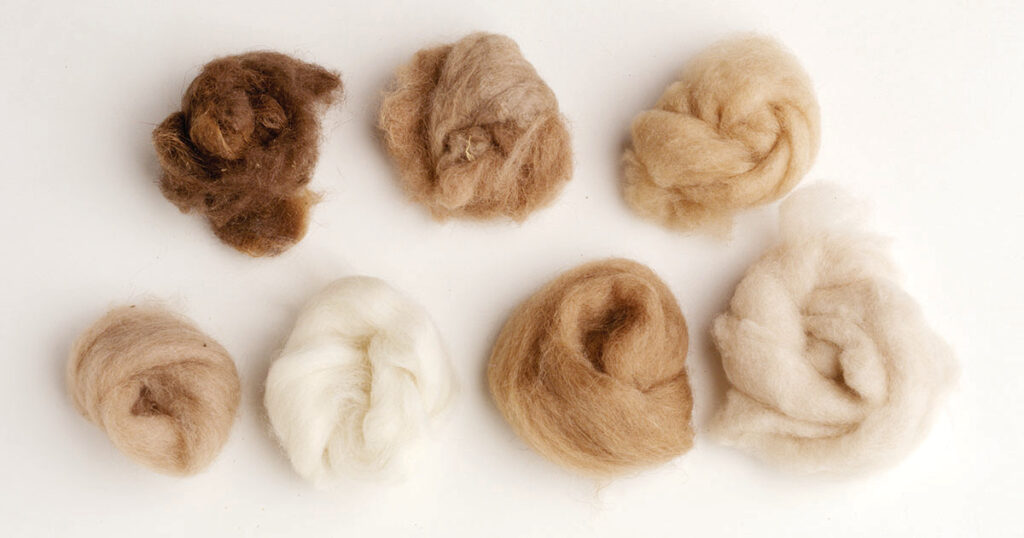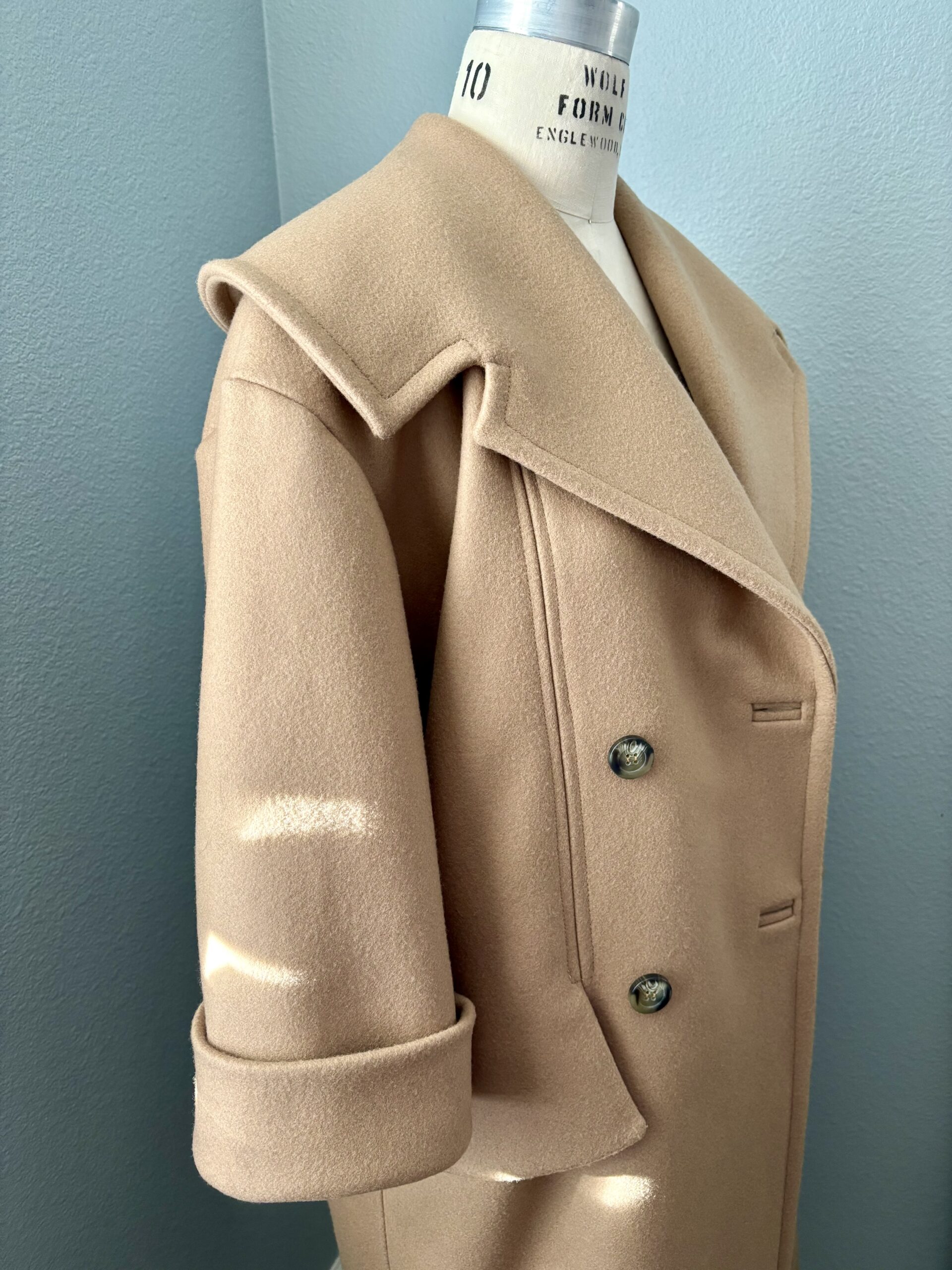Camel is a magical color. Timeless and elegant, the color describes the rich shades of a camel’s coat. While it hasn’t been a popular color in my wardrobe, I now have two articles of camel-colored clothing in my closet — my Retro Camel Coat and Connelly Cardigan — so I decided to explore the history of this fashionable color.
Camel is a rich, warm shade that blends the softness of beige with the depth of light brown, creating a hue that is both soothing and sophisticated. This unique color is often seen in natural elements like sand dunes and autumn leaves, offering a serene and earthy aesthetic.
From Here
Camel Hair as a Textile
Camel hair has been used as a textile for more than 5000 years. First used by nomadic tribes in central Asia, its insulative properties — the ability to provide warmth while also being breathable — made it an ideal choice for clothing as well as tents, blankets, and rugs. Trading along the Silk Road spread camel hair textiles from Asia to the Middle East. During the Renaissance period (14th to 17th centuries), camel hair textiles appeared in Europe and were utilized in the garments of the aristocracy and royalty.
The most surprising tidbit is that the term “camel” as a color name first appeared in the English language in 1916, which seems quite recent, especially since camel hair textiles were already being used in Europe. Prior to this, the terms “fallow” (first recorded use was in the year 1000) and “wood brown” (first recorded use was in the year 1886) were used to describe this shade of brown. Were camels unknown in the English-speaking world until that time? Or maybe the extensive reach of the British Empire by the 1800s and influences from the Middle East played a role?
By the end of the 19th century, the British Empire encompassed nearly 25% of the world’s land surface and more than 25% of the world’s population, including areas of the Middle East. Perhaps increased exposure to camels and the desert climate may have played a role in adopting the term “camel”.
Link to the Sport of Polo
Another reason for the adoption of “camel” as a color name may have been the sport of polo. In the late 19th and early 20th centuries, polo gained popularity in England. Polo players began to wear loose-fitting, wrap-style overcoats made from undyed camel hair to keep warm between match breaks. According to Merriam-Webster, the term “Polo Coat” was first used in 1880 to describe these coats. Camel hair was known to be insulative and warm, which made it a perfect (albeit luxurious and expensive) option for these coats.

Image from here
The popularity of polo coats — also called camel hair coats — spread to the US in the early 20th century, but the garment remained confined to the wealthy. A pure 100% camel hair coat was a luxury, but was also not very durable, so manufacturers developed fiber blends of camel + wool, which made the textile more affordable as well as durable.
Environmental Sustainability
Camel hair from the Bactrian camel is considered one of the most environmentally sustainable animal fibers. Unlike wool from sheep, camels do not need to be shorn; they naturally shed their coats every year. Because of its beautiful color, it is rarely dyed and is a completely biodegradable fiber.

Different shades of camel hair. Image from here
The Color Camel Exudes Luxury
These days, garments made of 100% camel hair are quite rare due to their expense. Camel-colored coats are most likely a blend of camel + wool or wool that has been dyed. But there’s something about that lovely color — and the knowledge that camel hair is such an exclusive fiber — that conveys luxury, refinement, elegance, and wealth. Perhaps that is the magic of the color camel.
For more information about bactrian camels and camel hair textiles, click here and here.

Leave a Reply